Range Rover Sport Review, First Drive
For 2018, the Range Rover Sport receives a much-awaited facelift. With the Velar and Discovery in the picture, is the Sport enticing enough to justify its tag? Head here for the full review.
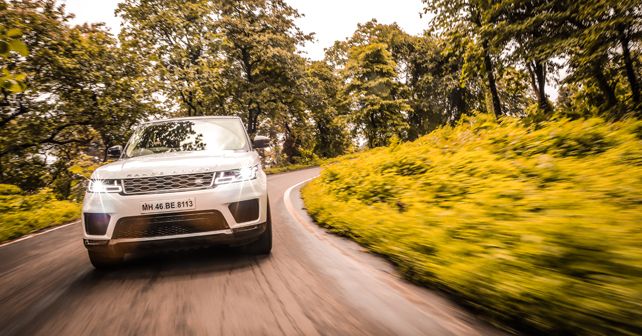
The Range Rover Sport has been facelifted. But, with the prettier Velar now very much in the picture, should you still choose the Sport?
Let’s, for a moment, go back half a decade. Back then, the Range Rover Sport had a reasonably straightforward task ahead of it. First, it needed to bridge the gap between the Evoque and the flagship Range Rover – something it did rather well. And, second, it had to live up to both the Range Rover and the Sport badges. But, today, things have become even more complex. And, interestingly, its own siblings are responsible!
You see, the prices of both the Range Rover Velar and the Land Rover Discovery somewhat overlap that of the Range Rover Sport – which means that the sibling rivalry is well and truly ripe in this case. So, the question for the new Range Rover Sport is this – does it have what it takes to muscle its way into what is very much a crowded space?
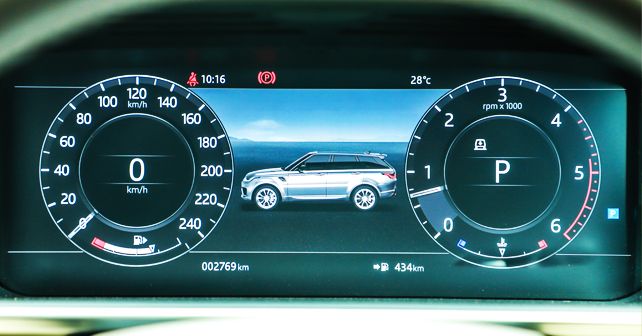
What’s new?
A brief and succinct answer to the above question is yes, it does. Without being trite, let’s begin with the exterior. Instead of the twin-slat grille from before, the 2018 Range Rover Sport has a honeycomb face and sleeker LED headlamps. But it’s the bumper with its large air dams that ensures it lives up to the ‘Sport’ moniker. The 21-inch alloy wheels are sportier than before, and a redesigned rear bumper and new LED taillights complement its rear end quite well.
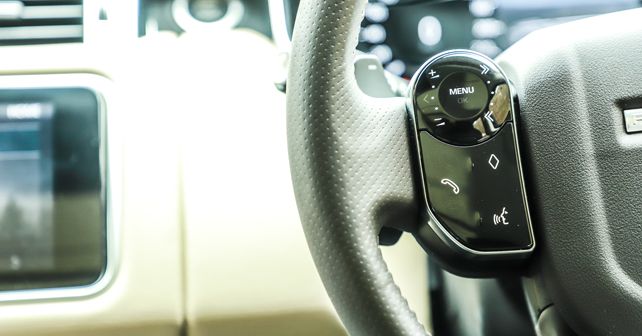
Now, coming to more complex and important changes in the cabin, it’s impossible not to be impressed by the two large screens that dominate the dashboard. The upper screen is the new InControl Touch Pro Duo infotainment system that appeared on the Velar. However, this new unit is crisper and more responsive to touch than before. The touchscreen at the bottom controls the drive modes, air con and the seat heating. Thankfully, though, the last two functions can also be controlled via knobs. But it seems that the folks at Land Rover weren’t happy with just two screens, so they added a third one for the instrument cluster. Plus, almost all buttons on the 2018 Range Rover Sport, including the ORVM adjustment, steering mounted controls and the cruise control, are touch sensitive. The buttons are superbly built though, and the materials have a premium feel about them.
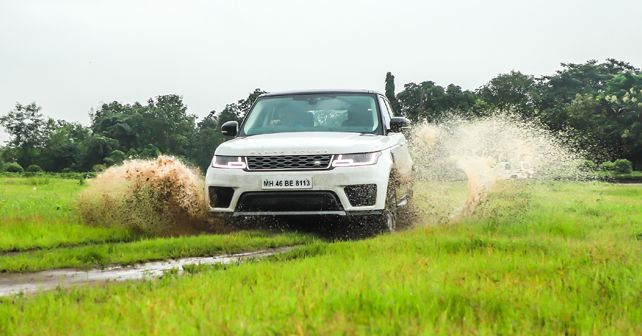
How does it drive?
We’ll get to how it drives in a minute, but first let’s get a few essential numbers out of the way. Despite an aluminium base, the Range Rover Sport weighs 2,115 kilos – and that’s a lot of weight to lug around. Thankfully, though, the 3.0-litre V6 diesel that it comes with is powerful enough for the challenge. Dismissing the 100km/h mark in 7.7 seconds, this Rangie with the V6 diesel is energetic enough, if not overly eager. At 255bhp, it has a power-to-weight ratio of 120 horses-per-tonne. But the crème de la crème is the more than 280Nm of torque that it produces per tonne. Kicking in as low as 2,000rpm, this allows the engine to have great driveability, even on winding uphill roads. And, as you accelerate and gain speed, you’re greeted with a sweet sound that’s like music to your ears. The 8-speed transmission is a bit of a downer though – while upshifts are smooth, kickdown (and downshifts in general) could have been more urgent.
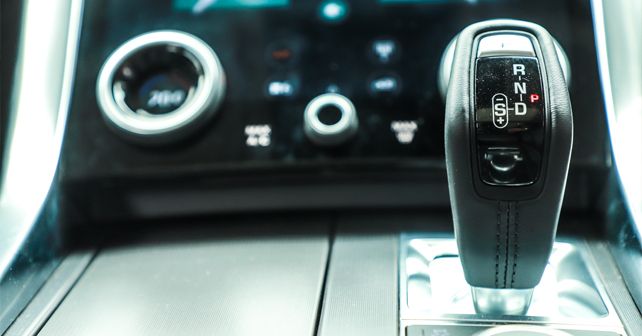
The heart of the Range Rover Sport makes it feel smaller than it really is, but it’s when you drive it in the concrete jungle that is Mumbai that you realise the magnitude of its actual 4.8 metre size. While visibility around the corners is good, the high window sill can almost hide a supermini on the far side – creating a huge blind spot. That aside, the Range Rover Sport is rather easy to park and manoeuvre in traffic, thanks to its various sensors all around.
The Range Rover Sport has been setup on the firmer side, but that still doesn’t give it enough sportiness – especially in comparison to cars like the Porsche Cayenne. Sure, the air suspension means that body control is good too, but it’s far from being ‘sporty.’ But the real joy of driving the Range Rover Sport is when you take it off-road. Show it steep rocky climbs, slush, or even water crossings, and the Range Rover Sport tackles them all with more ease than your average vehicle would have getting in and out of the driveway.
Should you buy it?
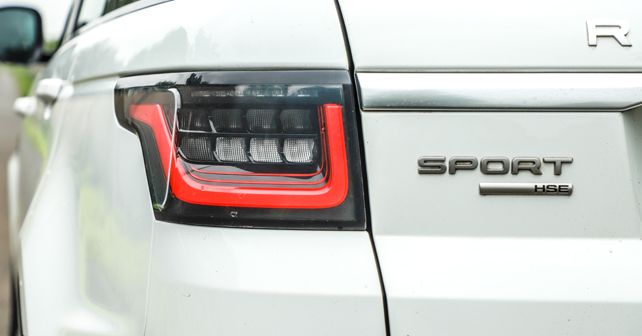
To buy or not to buy, that’s the question. Let’s consider a few things first. With all the updates, the Range Rover Sport is now everything that you’d expect from a present-day luxury SUV. Loaded with tech, it’s in line with the rest of the line-up. It’s refined and comfortable, and there’s almost nothing that the Sport doesn’t offer. The Range Rover Sport is truly a multipurpose vehicle. It has the makings of an ideal grand tourer, with unparalleled off-roading capabilities.
In simple terms, the Range Rover Sport is for those adventurous souls who wouldn’t mind taking a Rs 1.30 crore (ex-showroom) car off-road. If you don’t consider yourself to be that adventurous, then, well, you’ve got your answer, and you’re better off spending a little bit less on the uber-cool Velar.
Engine: 2,993cc / V6 / 24-valves / Turbocharged
Fuel: Diesel
Transmission: 8-speed Automatic / All-Wheel Drive
Power: 255bhp @ 4,000rpm
Torque: 600Nm @ 2,000rpm
Price: Rs. 1.30 crore (ex-showroom Delhi)
X-Factor: On or off the road, the Range Rover Sport doesn’t set a foot wrong.
|
Pros |
Cons |
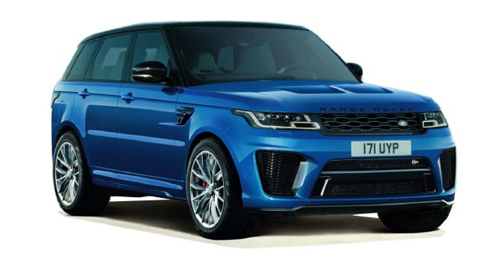

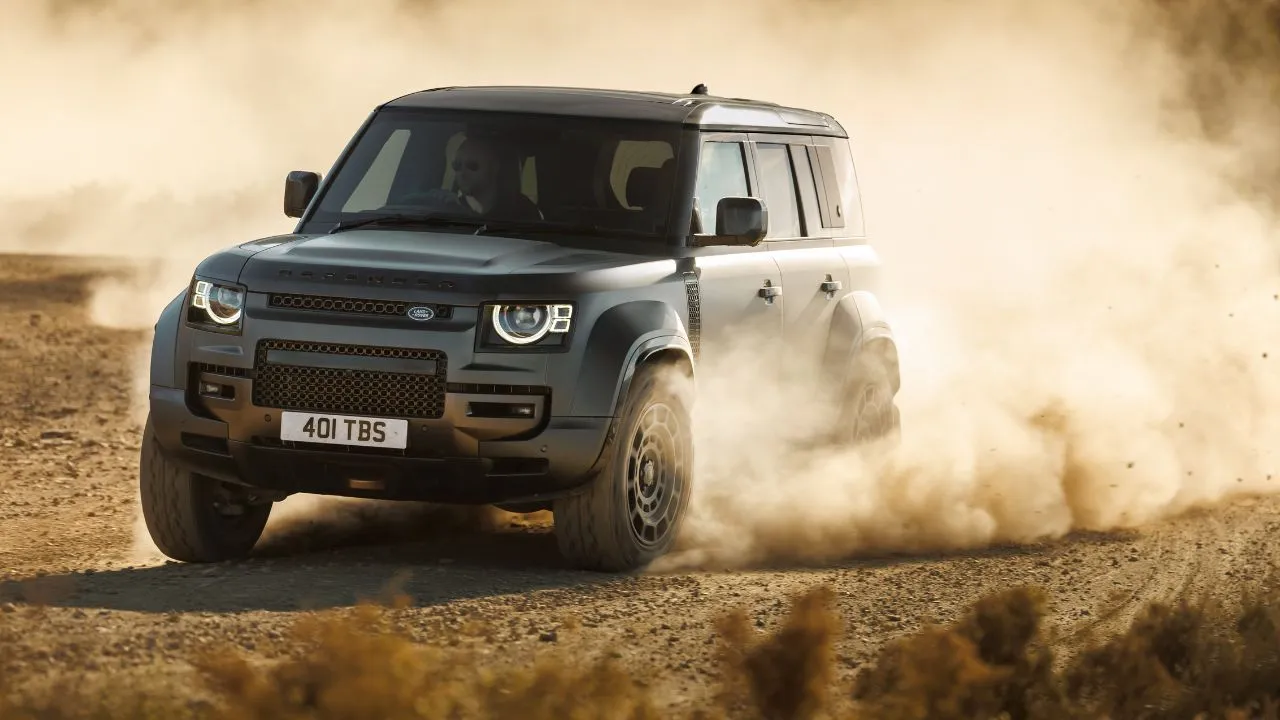
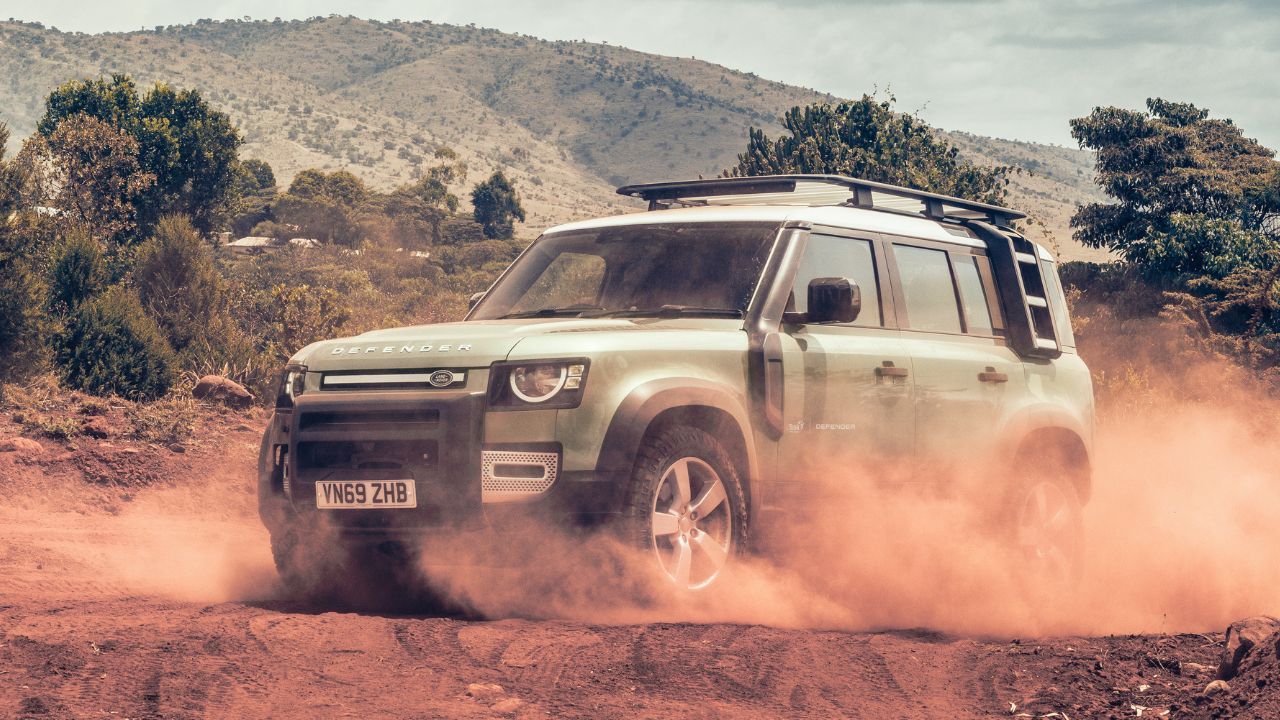
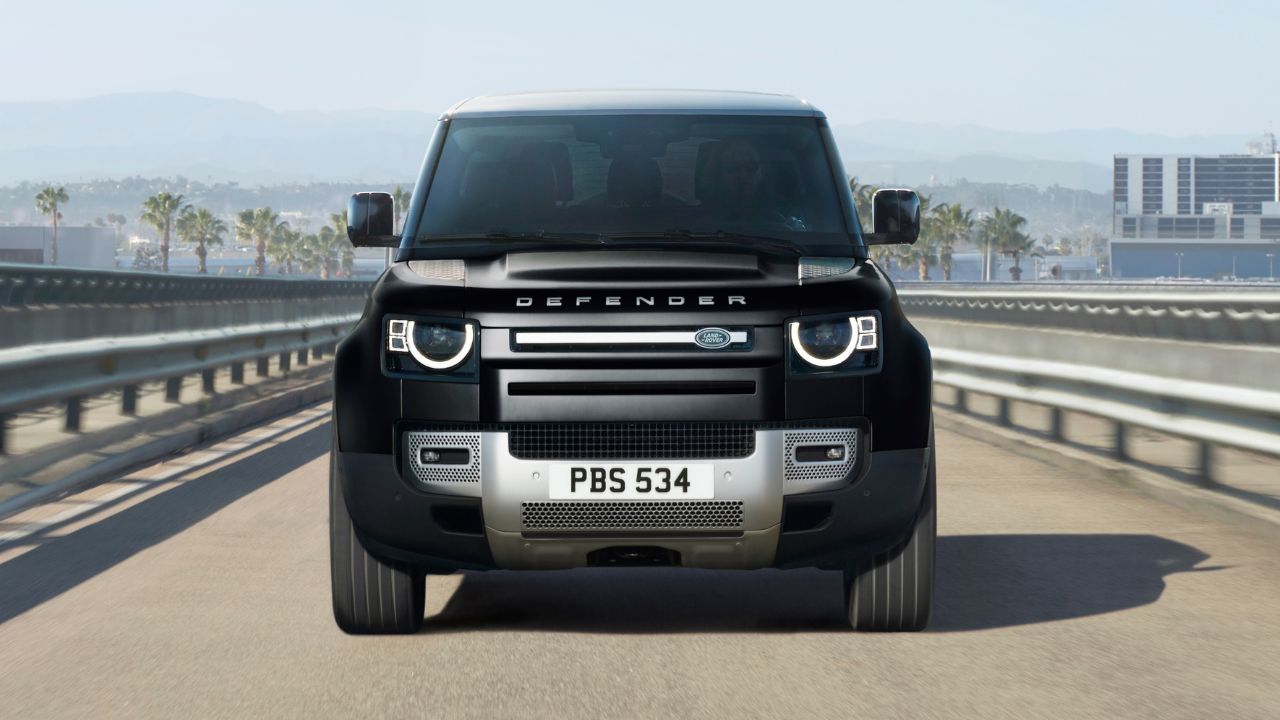
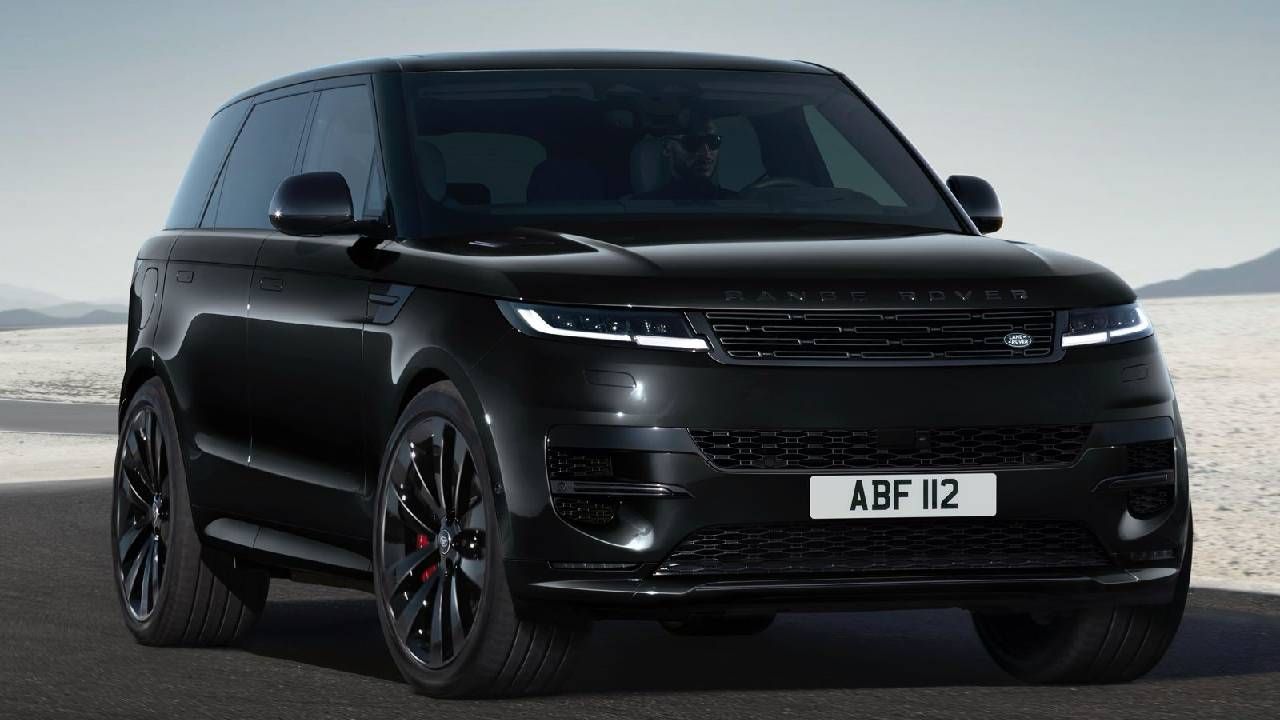
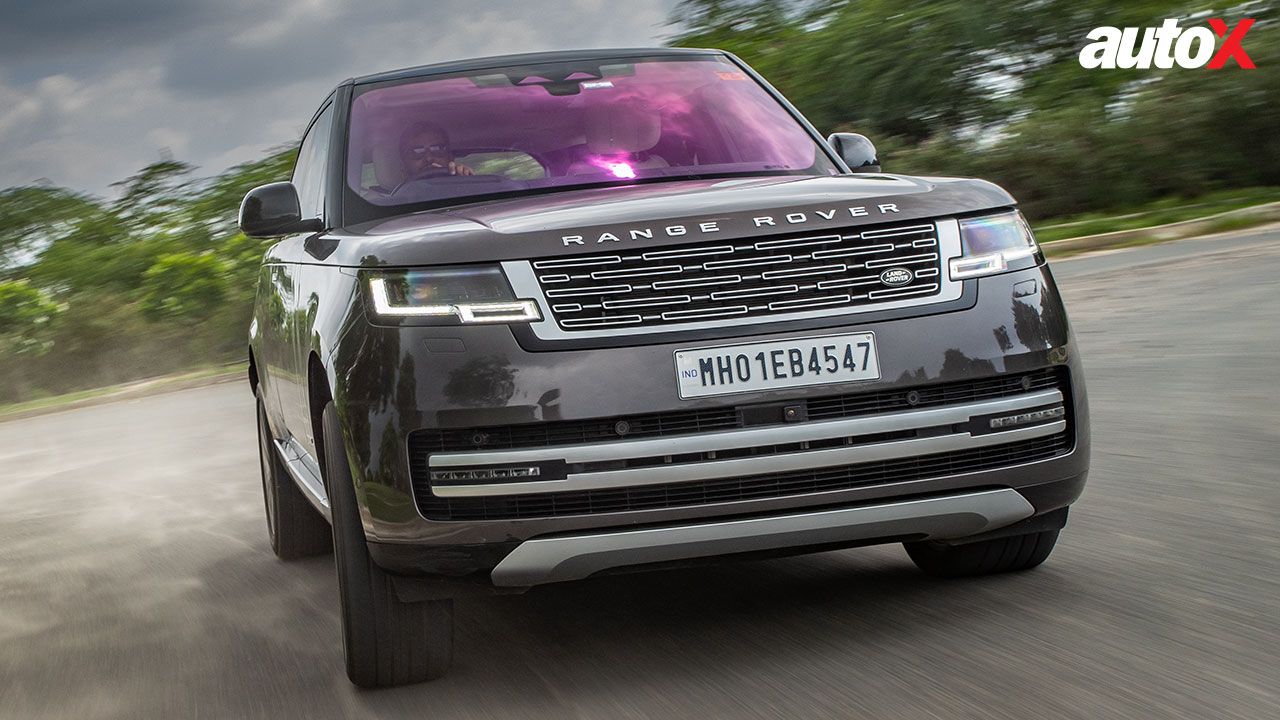

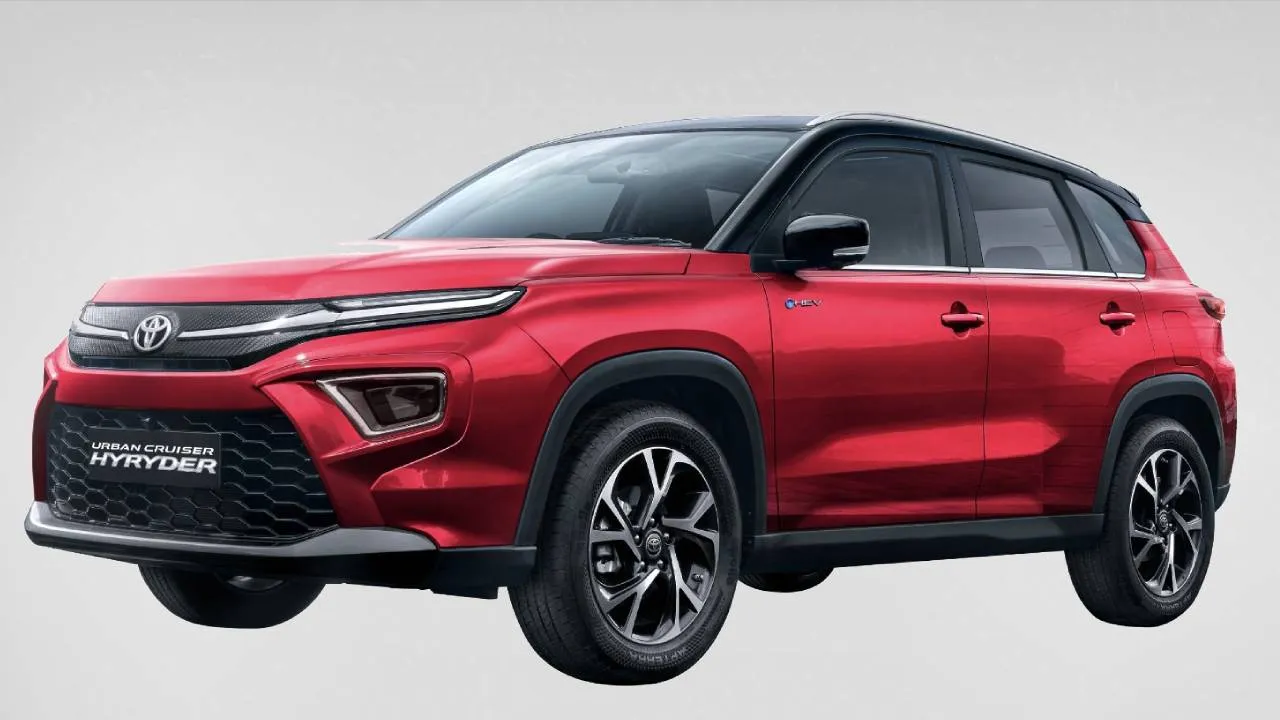
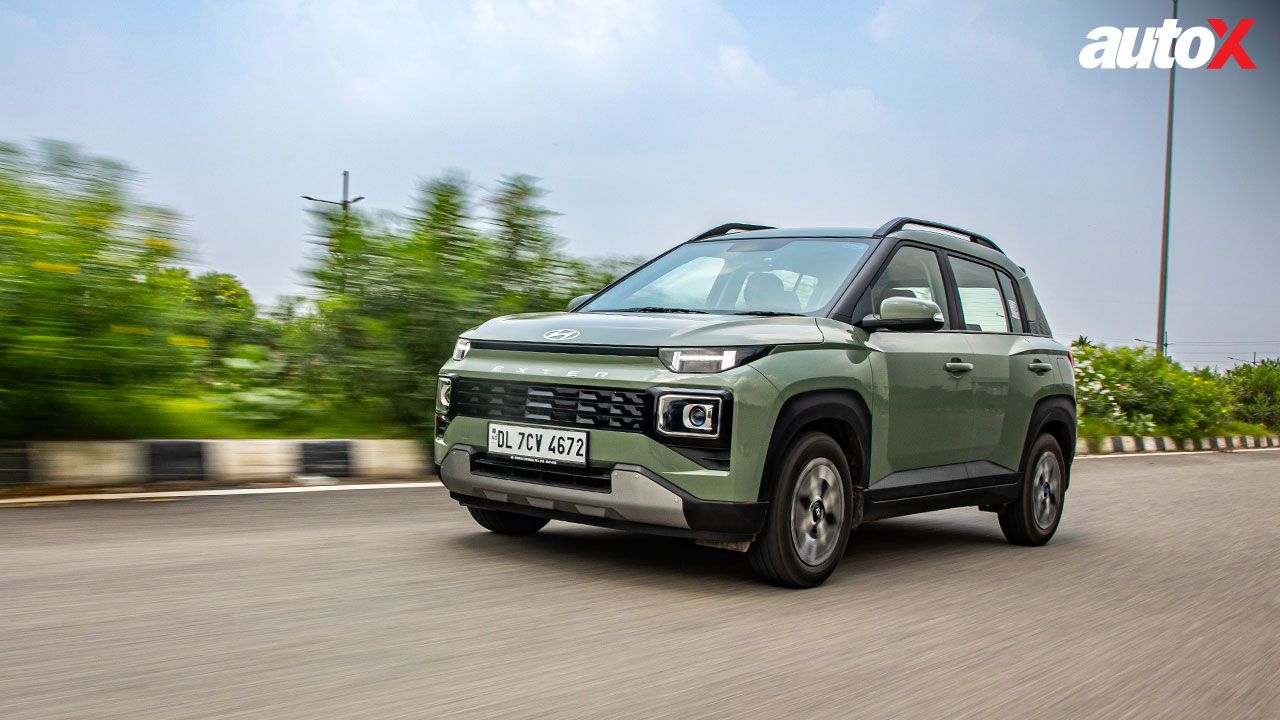
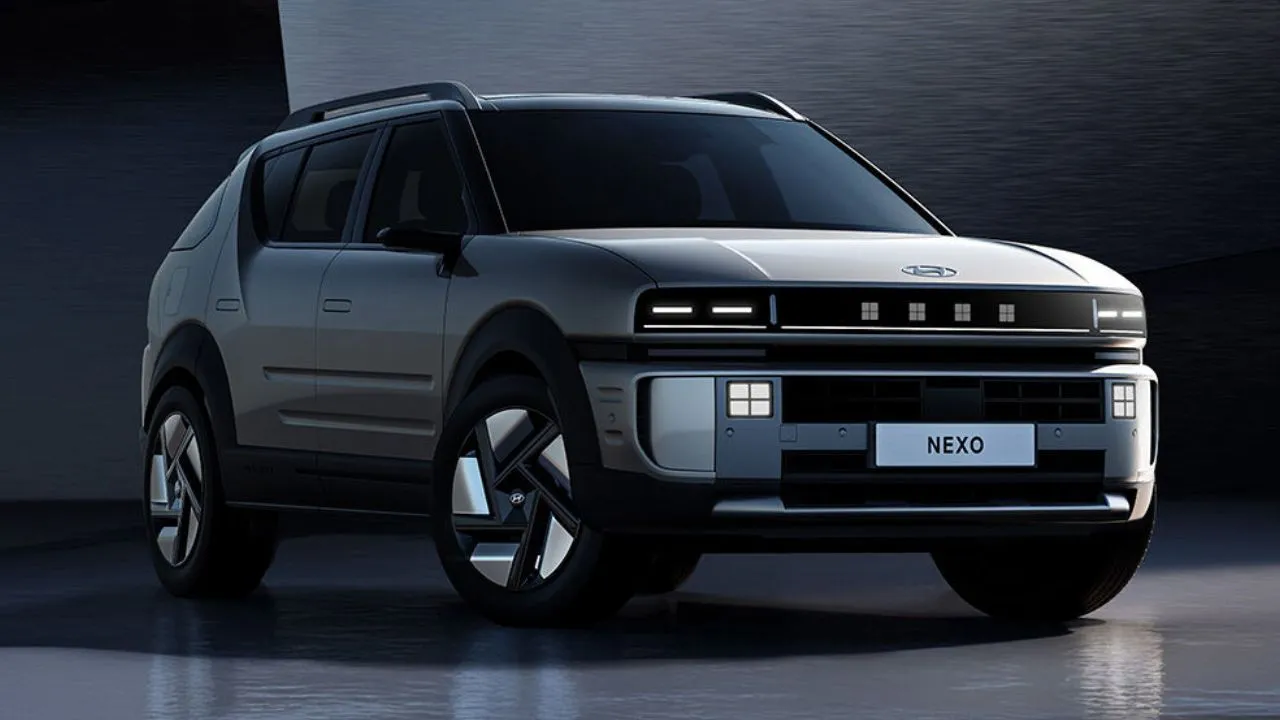
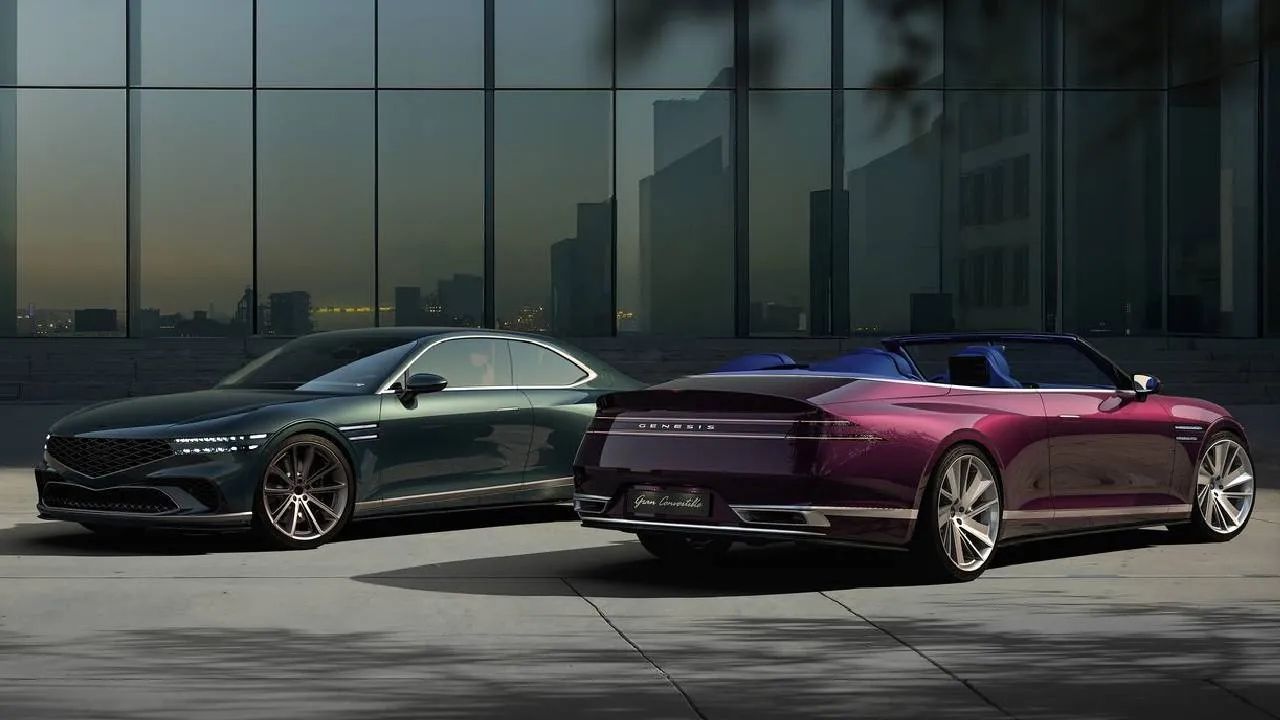



















Write your Comment on